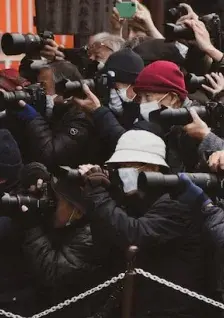


The Scot opened up on the problems her R-cup breasts cause on a day-to-day basis
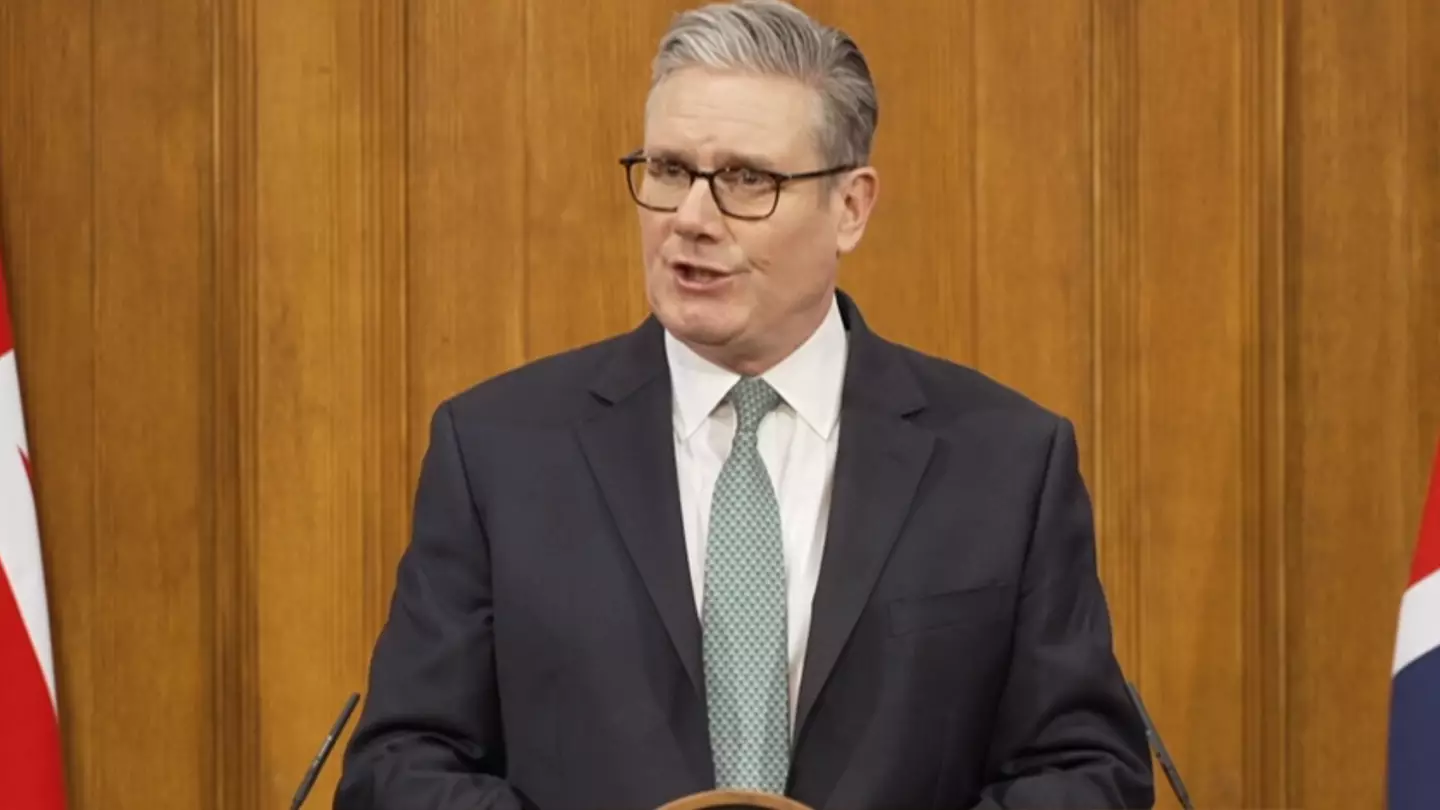
The prime minister issued a warning over the 'seriousness' of the situation
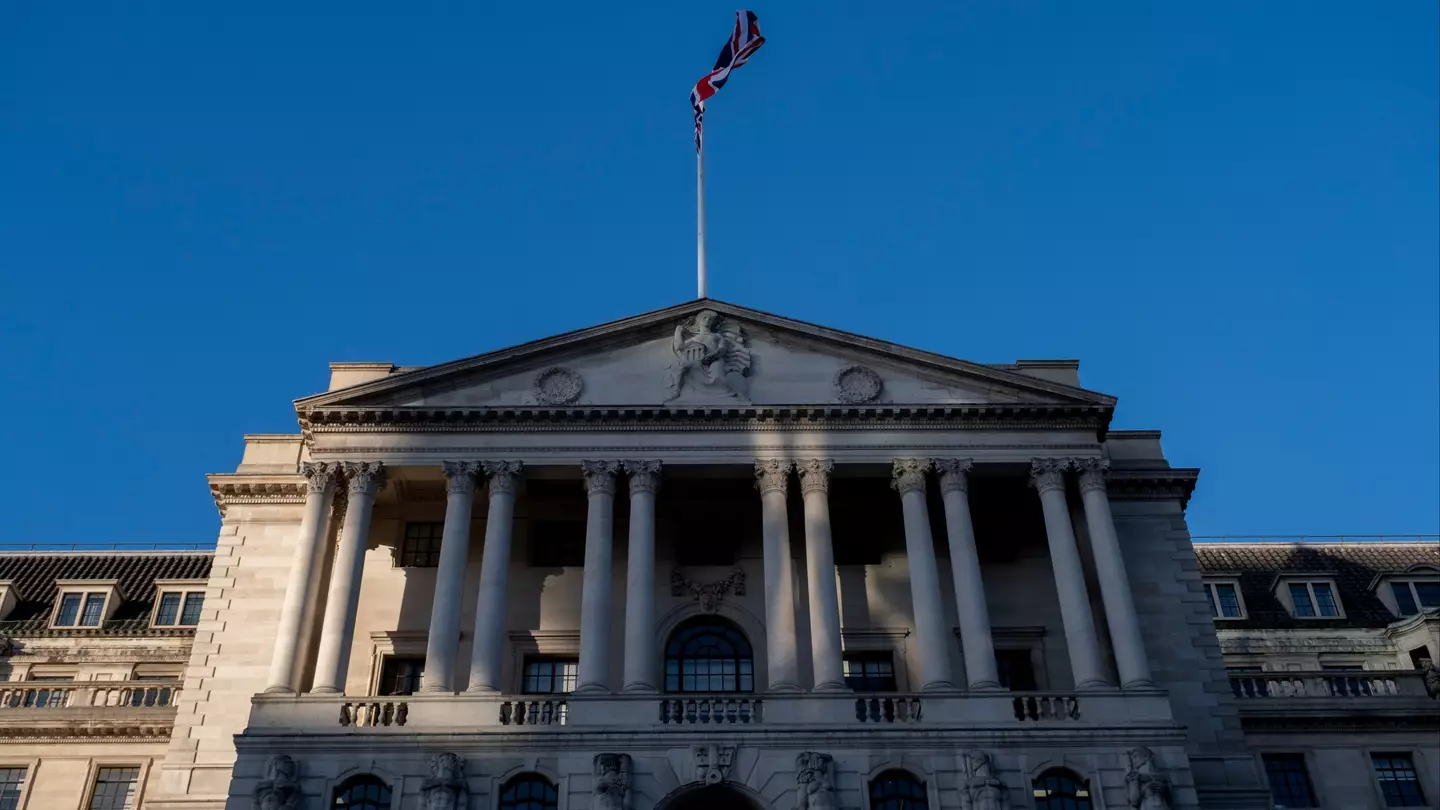
The UK must prepare for the worst if the US confirms alien life, says an expert

Trump has gone after allied countries that oppose him taking Greenland
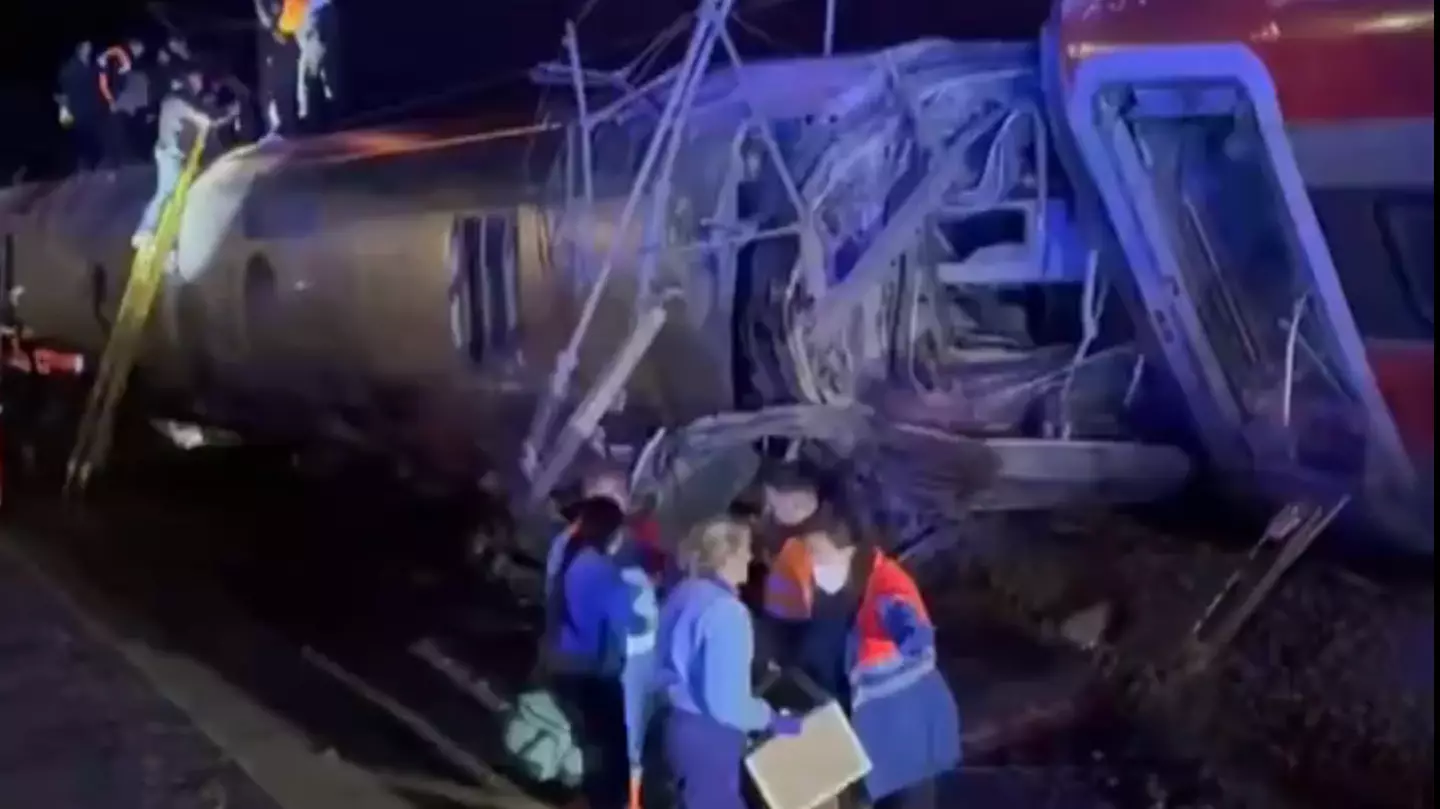
73 people across two trains involved in the crash have been taken to hospital
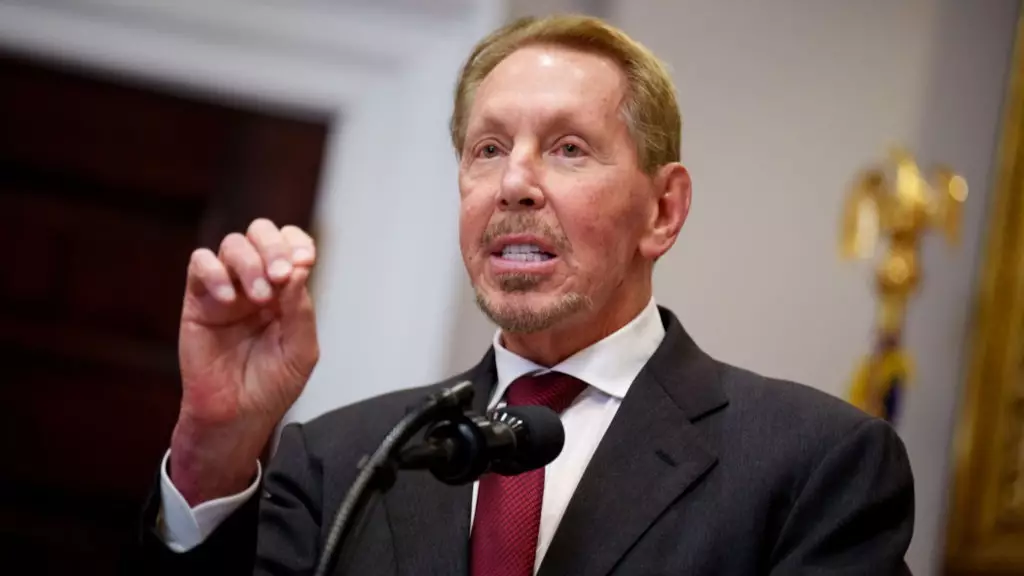
Oracle co-founder Larry Ellison was forced to rename his yacht 'Izanami'

ChatGPT was asked what a 'normal person who earns $50,000 a year' should do to become 'financially free'
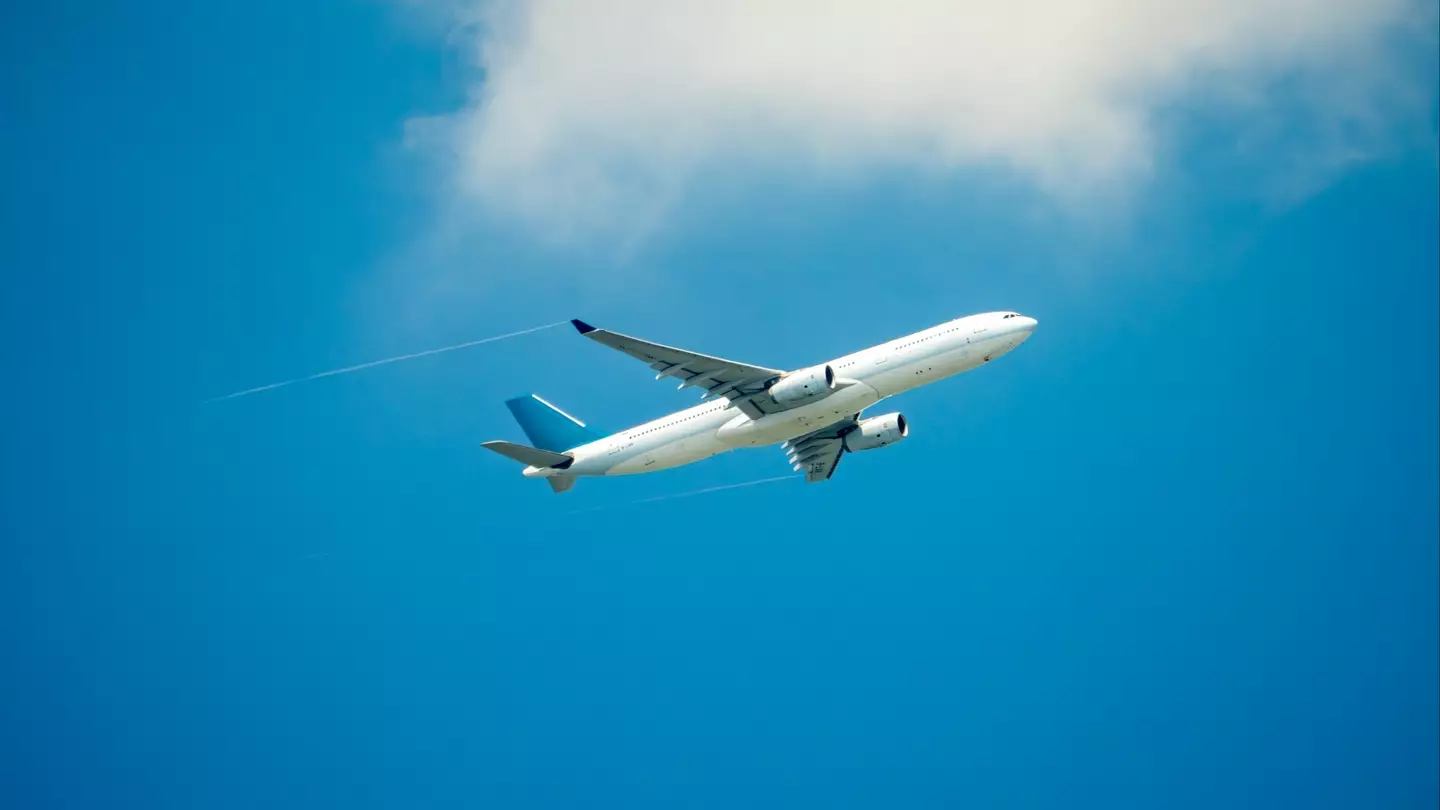
The passengers onboard American Airlines flight 587 never made it to their destination
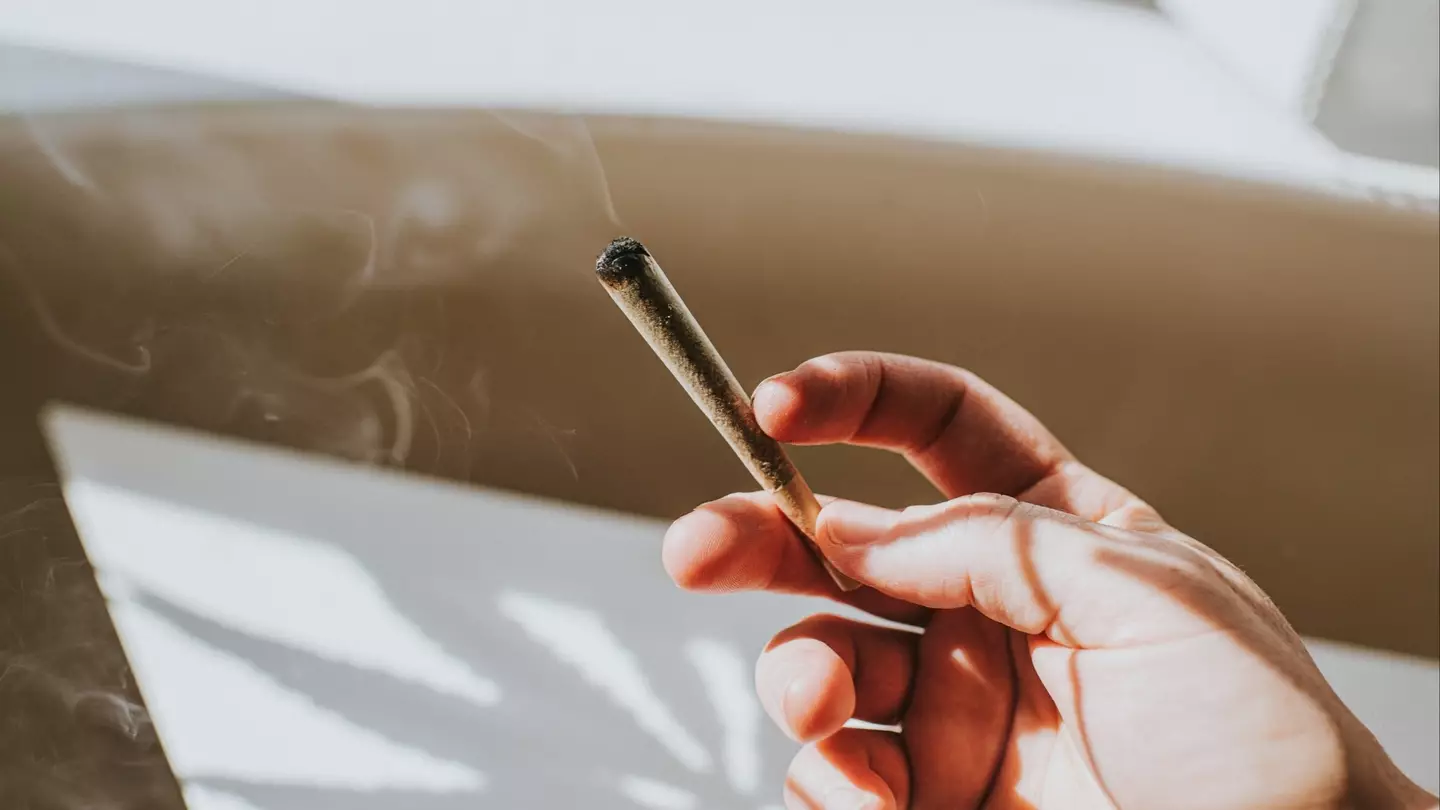
Here is everything you need to know about stopping marijuana use
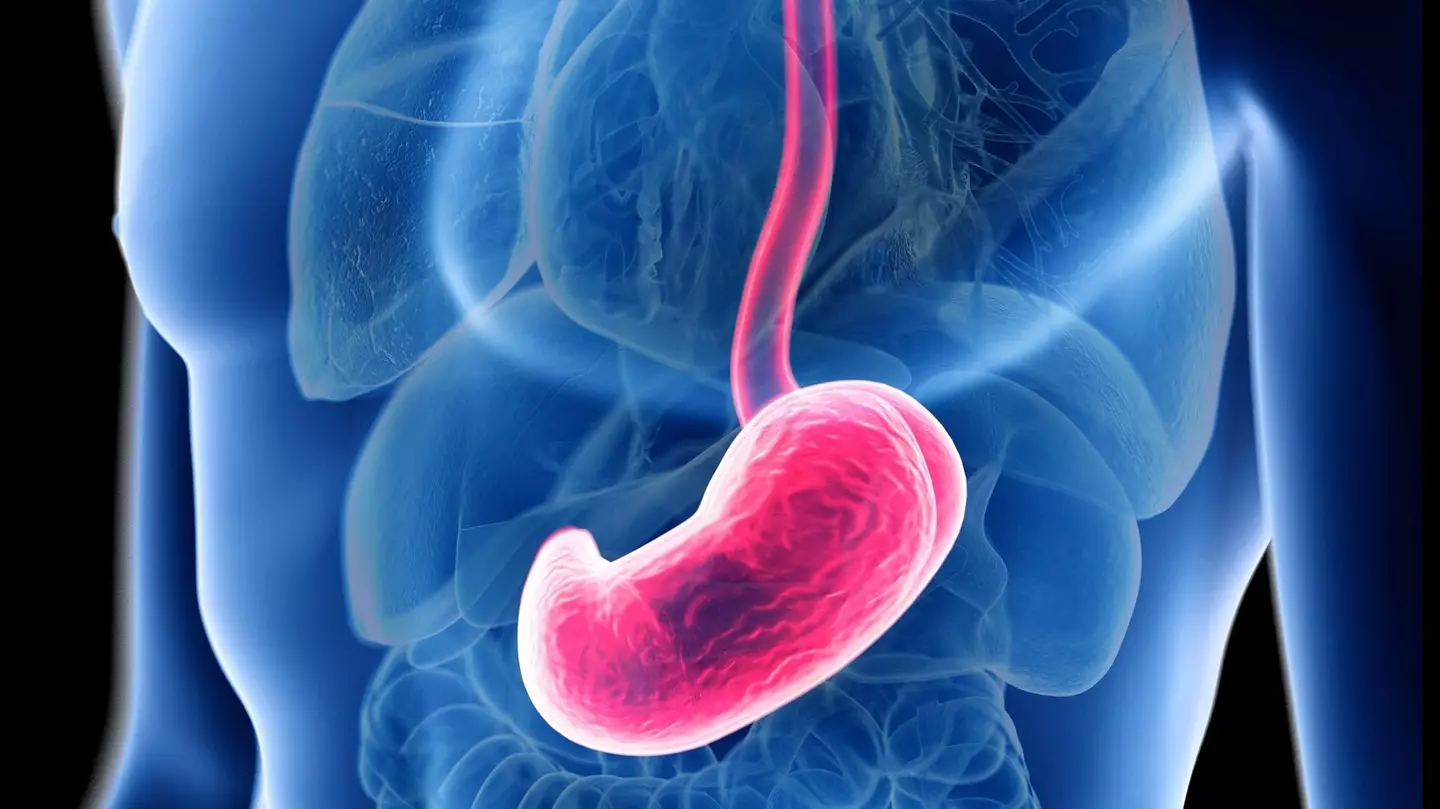
Over 200,000 Brits are thought to be taking part in Dry Jan this year

The US leader is not backing down over his desire to own Greenland
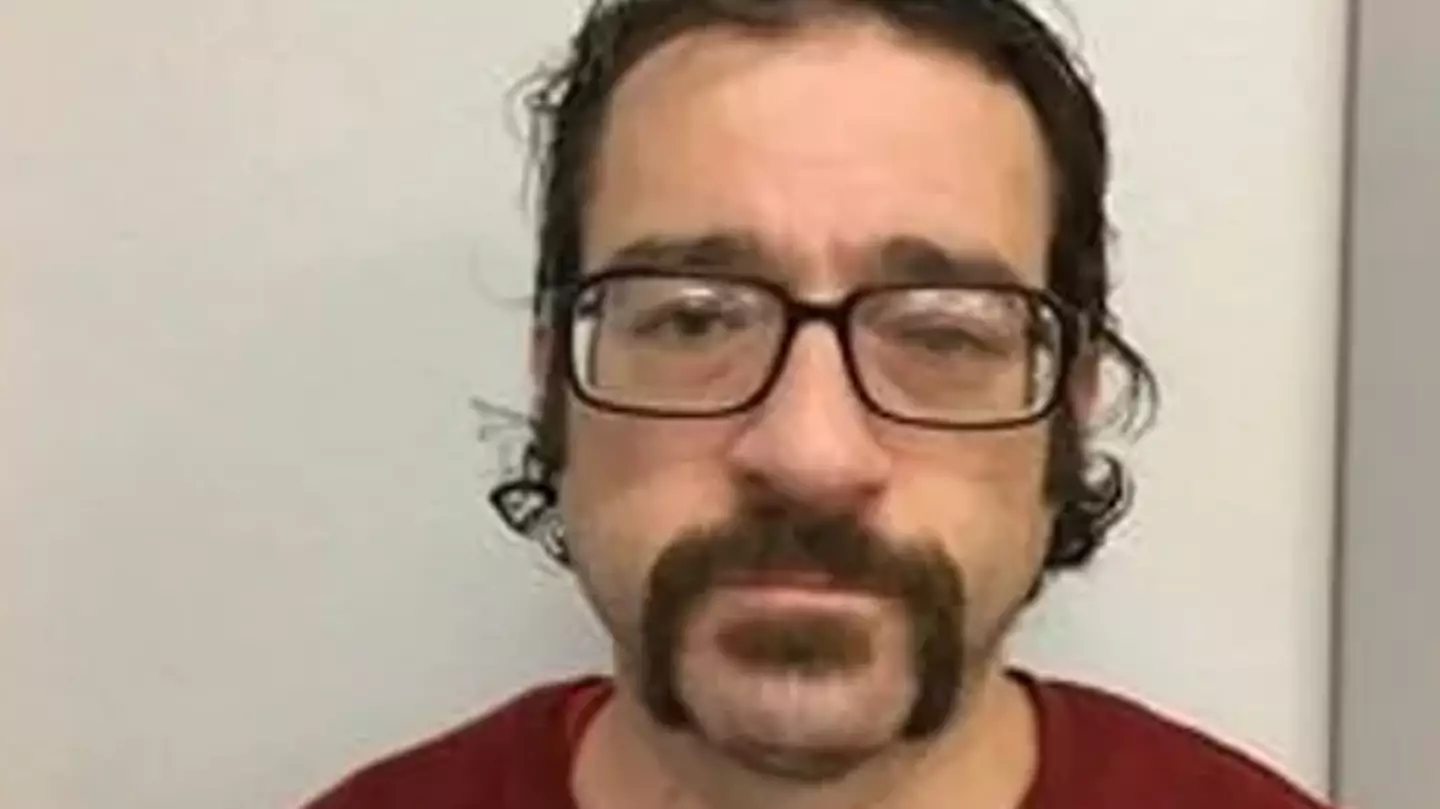
A simple wanted poster turned into a viral saga between a police station and a wanted man
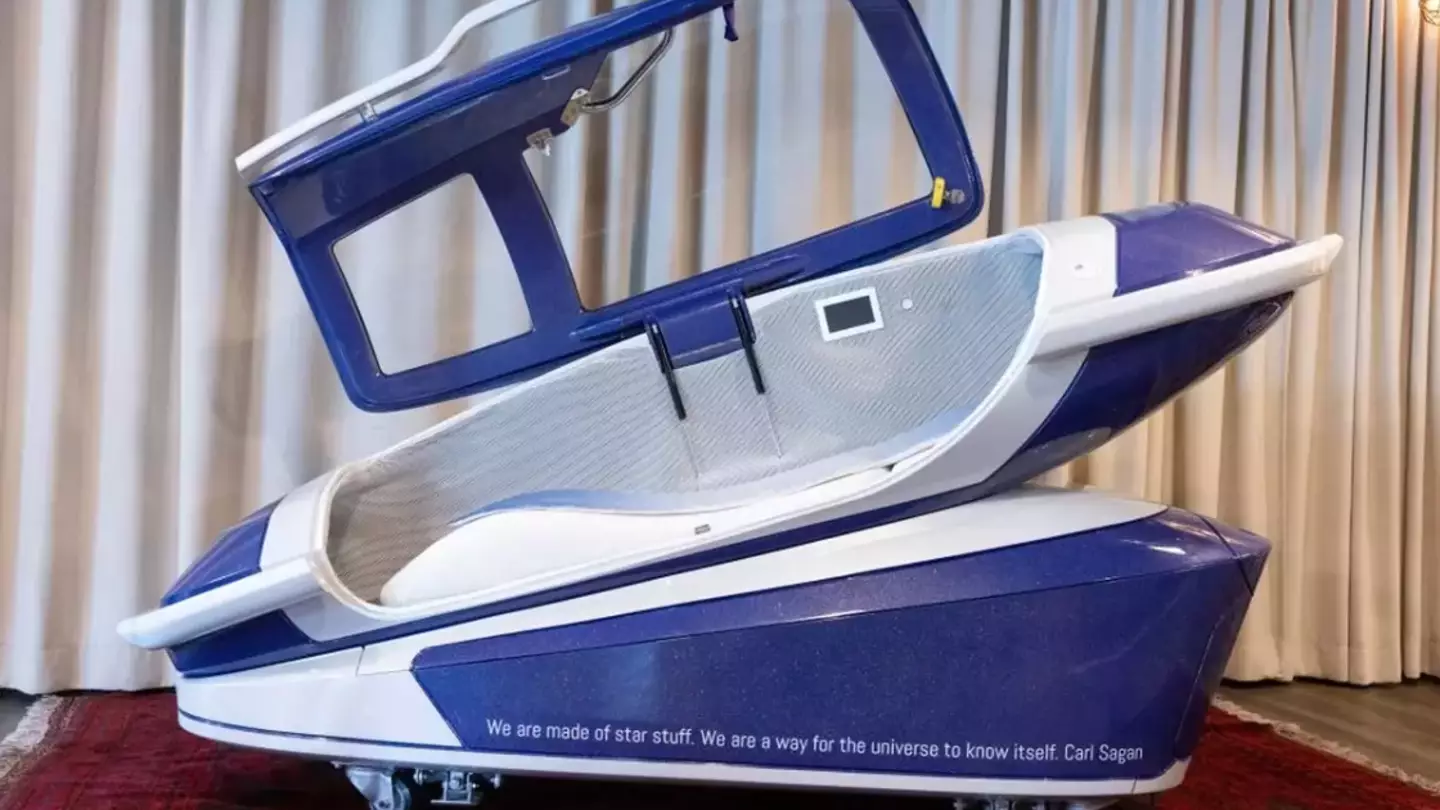
It's a very controversial invention, to say the least
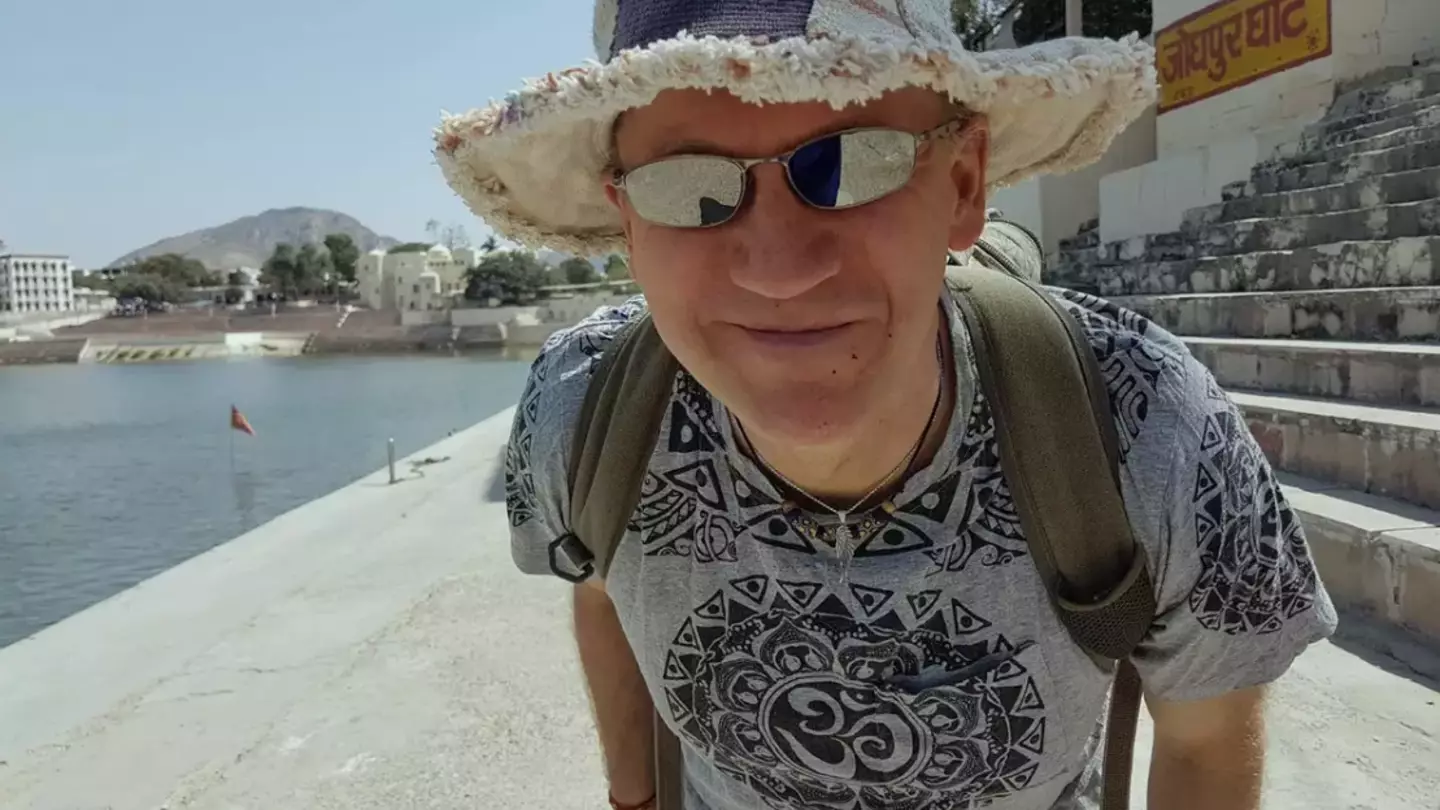
He's had a lot of bad experiences but this might have been the worst

It's a scenario none of us want to see
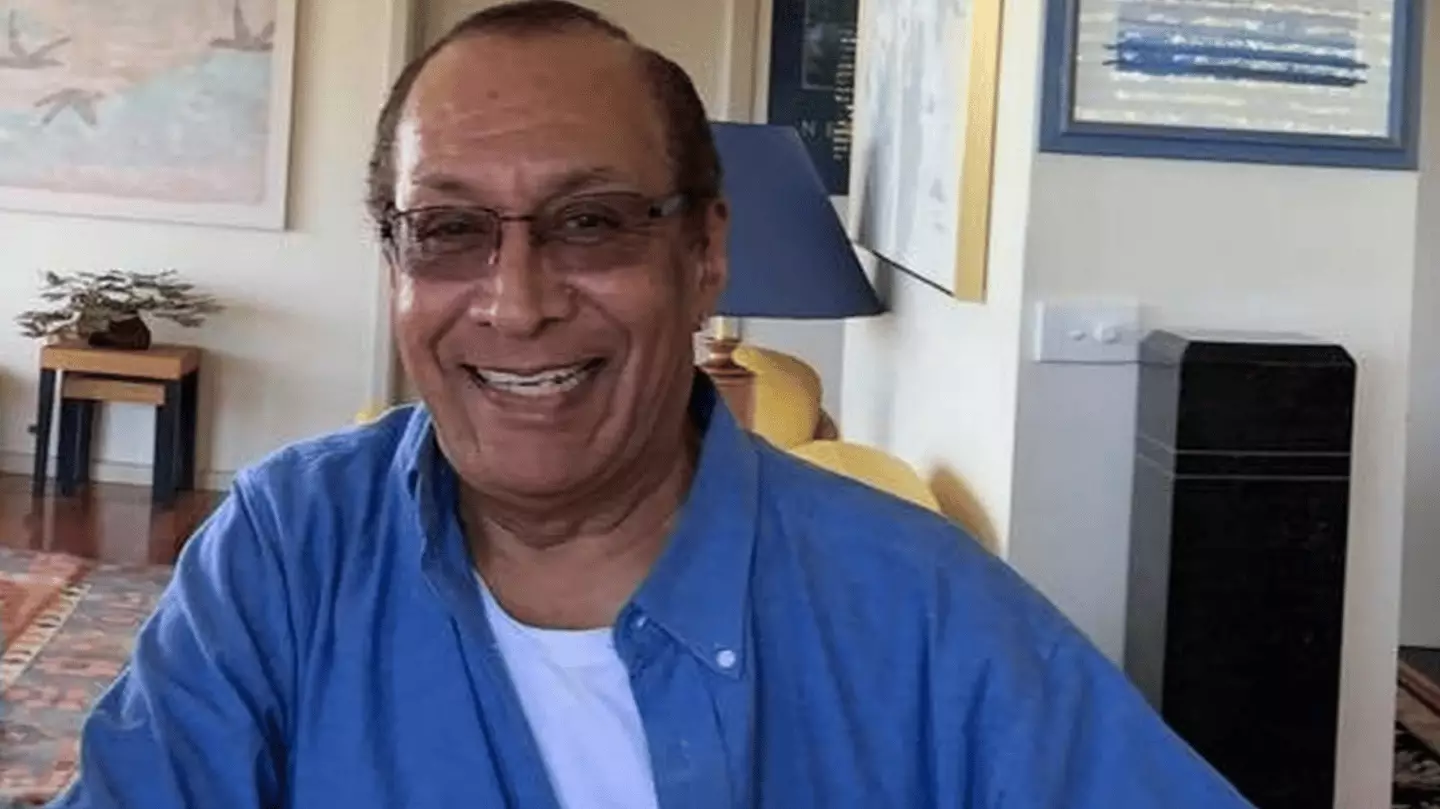
He left money to his boyfriend, but it never reached him

Some popular tourist destinations are on the list

Burnley vs Wolves cannot be worth this risk
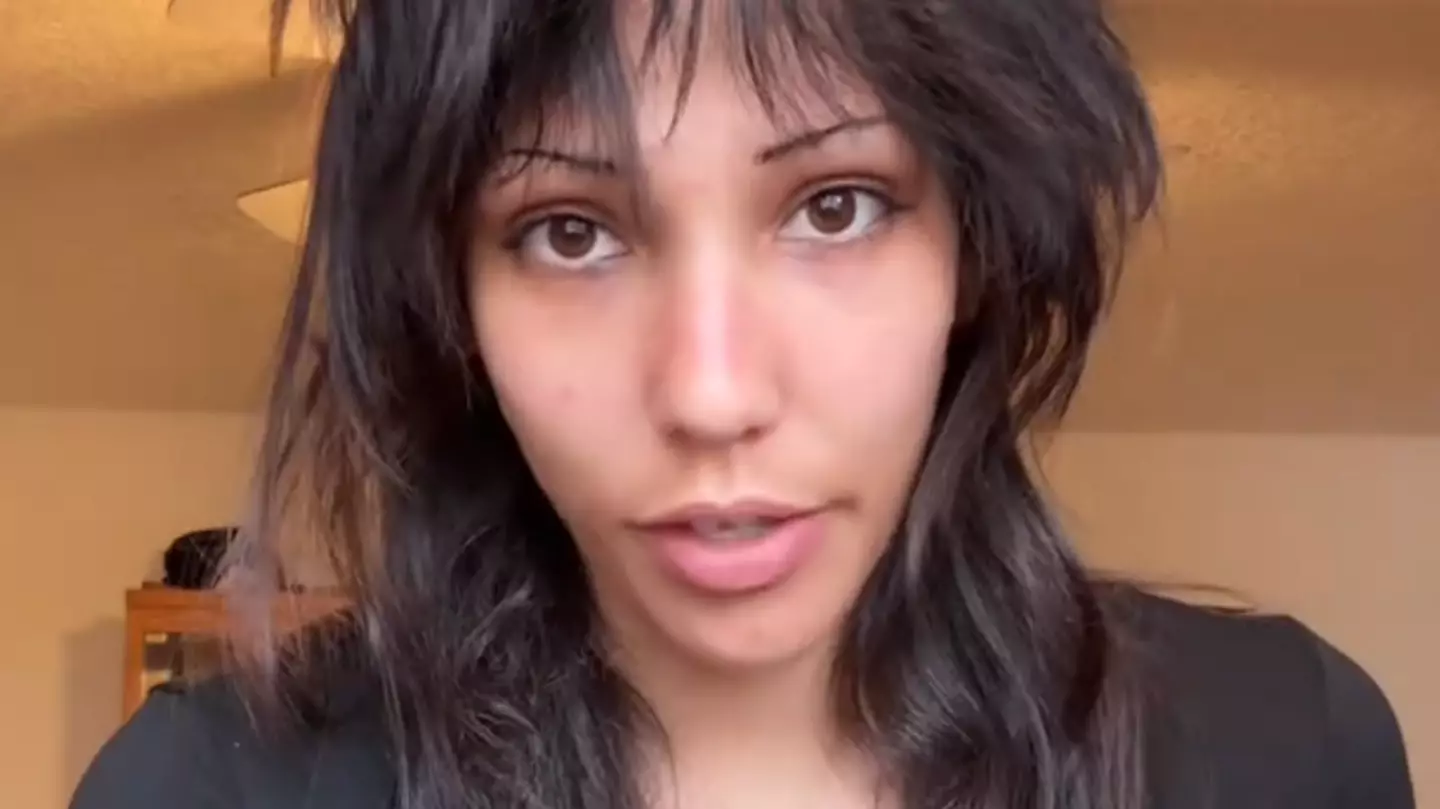
She found out her mother and father were 'direct siblings'

Donald Trump's latest wave of visa bans sparked concerns about fans attending the upcoming World Cup
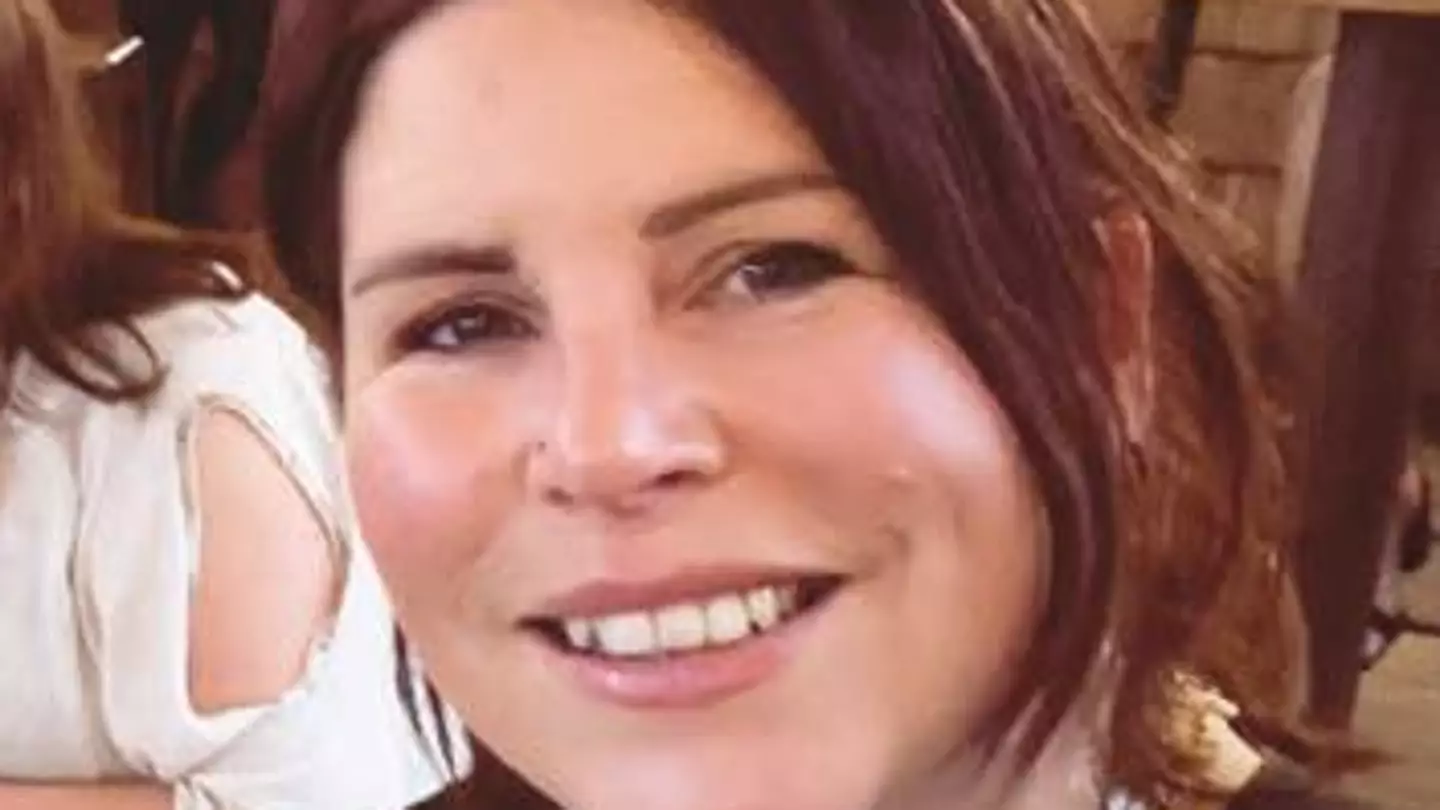
Another officer reviewed the bodycam footage and realised what had happened
.png)
In a clip recorded for Cameo, Farage appeared to pay tribute to the convicted paedophile Ian Watkins
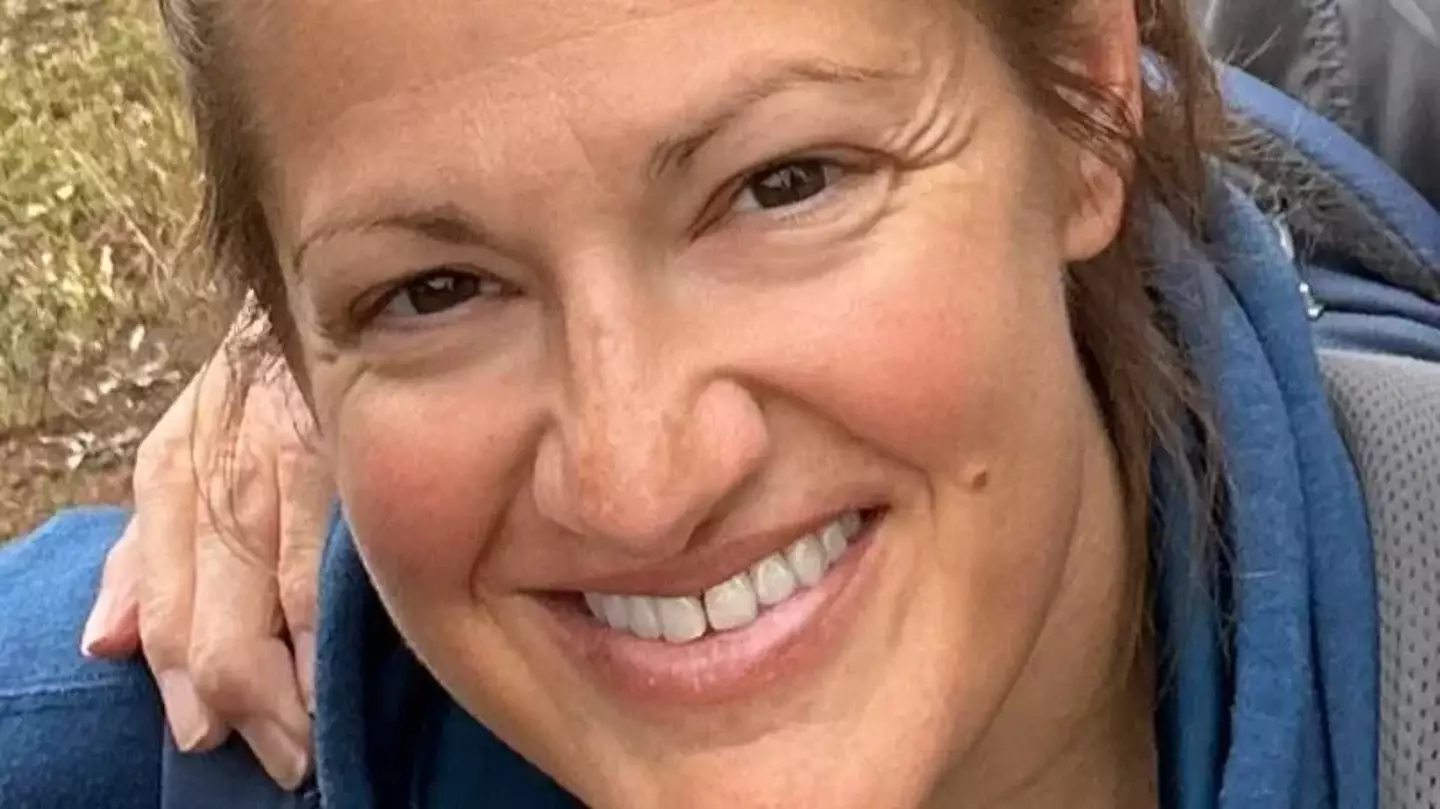
Kristen Marie Kovatch's loved ones said they will 'miss her dearly' in a poignant tribute



